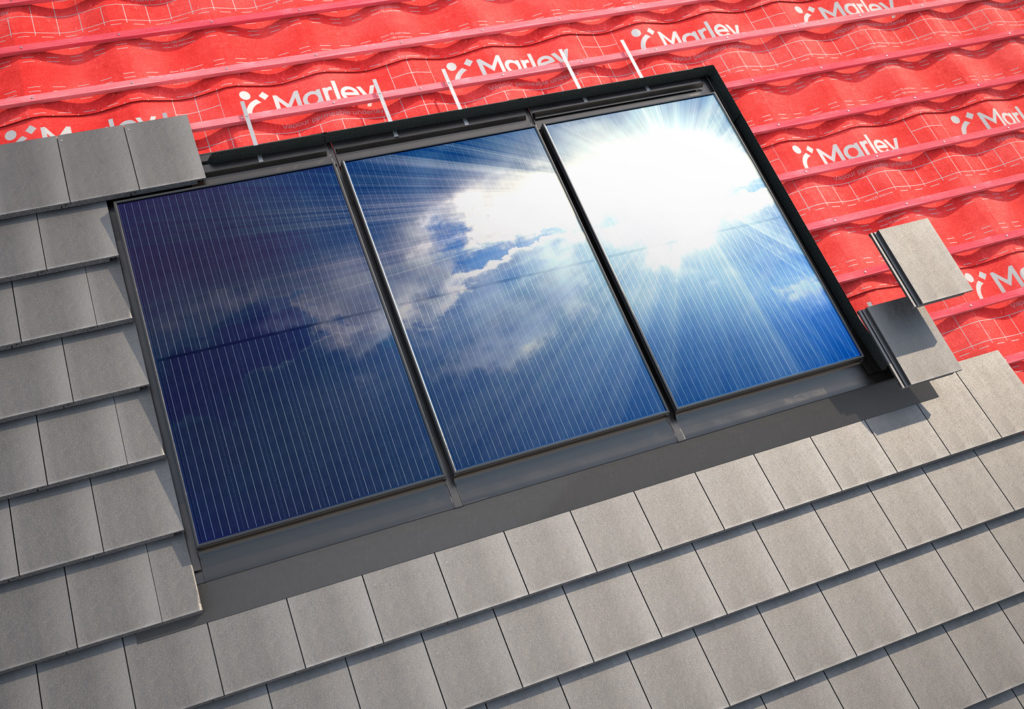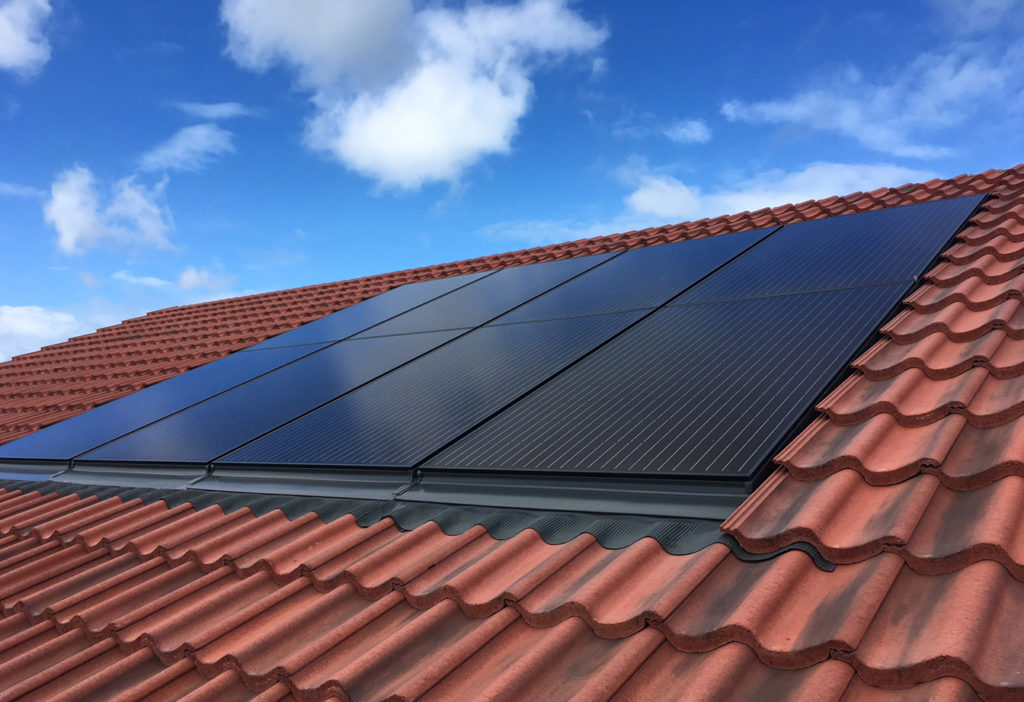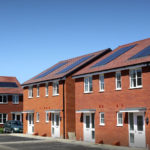Local authorities, like others responsible for building and maintaining the nation’s housing stock, are poised for the impact of Part L of the Building Regulations when it is introduced in June this year.
By taking a strategic view on how sustainable roofing solutions such as solar can contribute to the delivery of low carbon, energy-efficient housing, councils and social housing providers can ensure they meet their sustainability responsibilities in a cost-effective and timely manner. Stuart Nicholson, Roof Systems Director at Marley, explains how this holistic view to sustainability can also help to tackle rising household energy bill pressures for tenants too.
This year sees changes to Part L of the Building Regulations come into force, outlining any new homes built must produce 31% lower carbon emissions. This is a milestone on the journey to the introduction of the Future Homes Standard in just three years’ time. At that point, the requirement will be that all new homes are specified and constructed to be highly energy-efficient, use low carbon heating solutions, and, ultimately, be zero carbon ready by 2025.
Local authorities and housing associations, responsible for the delivery of new housing stock, as well as retrofitting and maintaining existing properties, are set to play a pivotal role in helping transform the energy efficiency and future sustainability of the homes they oversee.
Aside from the need to comply with the new regulations set out by the Government, social housing landlords are also expected to come under pressure from tenants due to the current energy price crisis. Meeting the twin pressures of Part L and rising tenants’ concerns around energy costs ensures driving energy efficiency gains is a priority that underpins the strategic objective of future proofing housing stock.
The positive news is that progress is being made by the sector as it recognises the need to act. Compared to private housing counterparts, local authorities and housing associations are already investing in low carbon technologies which are ensuring they meet the demands of Part L ahead of its introduction.
There are numerous examples where councils are driving initiatives that are improving sustainability profiles and giving tenants the potential access to reduced fuel bills. Programmes such as the Swansea Council Charter on Climate Action is an example of one local authority taking a holistic approach to achieving its intention to become ‘net carbon neutral’ by 2030. It is one of many where green ambition is turning into a practical reality.
 The role of solar to meet Part L
The role of solar to meet Part L
High performing, cost-effective and sustainable roofing solutions are set to help make a real contribution when it comes to creating sustainable homes and ensure quick compliance with Part L.
In the short-term, solar PV on the roof, combined with an efficient gas boiler or heat pump, appears to be the favoured and cost-effective way for local authorities and housing associations to meet the new 2022 Part L carbon reduction targets, partially because some of them will already have a supply chain and trusted installers in place.
Solar PV technology is tried and tested, readily available, and has become much more affordable in recent times. Indeed, such is the momentum behind this powerful combination, Solar Energy UK predicts the changes to Part L could lead to a five-fold increase in the number of new homes specified with solar technology.
The latest integrated solar PV roof systems offer a more visually appealing, cost-effective, and easier to install option. Replacing a section of roof tiles, integrated solutions provide a sleek aesthetic and blend seamlessly into the roof.
Using a strategic approach to roofing solutions for a greener outcome
Councils seeking to optimise the delivery of low carbon technologies such as solar and create better overall outcomes within new-build or retrofit programmes, should consider some of the strategic and practical ways to achieve this.
Rather than examining housing stock roofing upgrades on an incremental basis, councils should instead look to judge the properties holistically and collectively by age. When retrofit, maintenance or roof replacement is required across properties, it makes economic and resource sense to incorporate technologies such a solar at that stage as opposed to taking a piecemeal approach. In this way, the primary expenditure can be invested as effectively as possible with the most expensive items such as labour and scaffolding deployed just once to cover several properties. Conscious of tenant views, it should also be acknowledged that solar is now far more accepted than it once was by the consumer and indeed can often be installed with little disruption or need to evacuate the property. If it is clearly demonstrated that sustainable energy generation courtesy of solar installation can help lead to lower energy costs, councils will certainly have tenants on board.
 In addition, when thinking of updating existing housing stock, working with a single source roofing system supplier that can offer a full roofing system and whose range of components are tried and proven, offers both the certainty of product availability as supply chains come under pressure ahead of the Part L introduction, and guaranteed long-term performance. Suppliers like Marley can also support safety considerations for housing providers, with its market leading Roof Defence solution that prevents the spread of fire between roofs in terraced and semi-detached properties.
In addition, when thinking of updating existing housing stock, working with a single source roofing system supplier that can offer a full roofing system and whose range of components are tried and proven, offers both the certainty of product availability as supply chains come under pressure ahead of the Part L introduction, and guaranteed long-term performance. Suppliers like Marley can also support safety considerations for housing providers, with its market leading Roof Defence solution that prevents the spread of fire between roofs in terraced and semi-detached properties.
Finally, it is important that the roofing supplier also takes its sustainability responsibilities seriously. Investigating and seeking out suppliers with a strong commitment to sustainability ambition is something many councils are focused on. Councils should ask questions around production methods, product origination, low carbon energy strategies and transportation solutions to ensure they are working alongside a roofing supplier that not only provides low carbon roofing products but is also committed to playing its part in delivering a sustainable future.
Against the backdrop of rising energy prices, together with a government road map for a low carbon future now firmly laid out, renewable technologies offer social housing providers the perfect opportunity to help reduce fuel poverty while also future proofing their properties for years to come.









